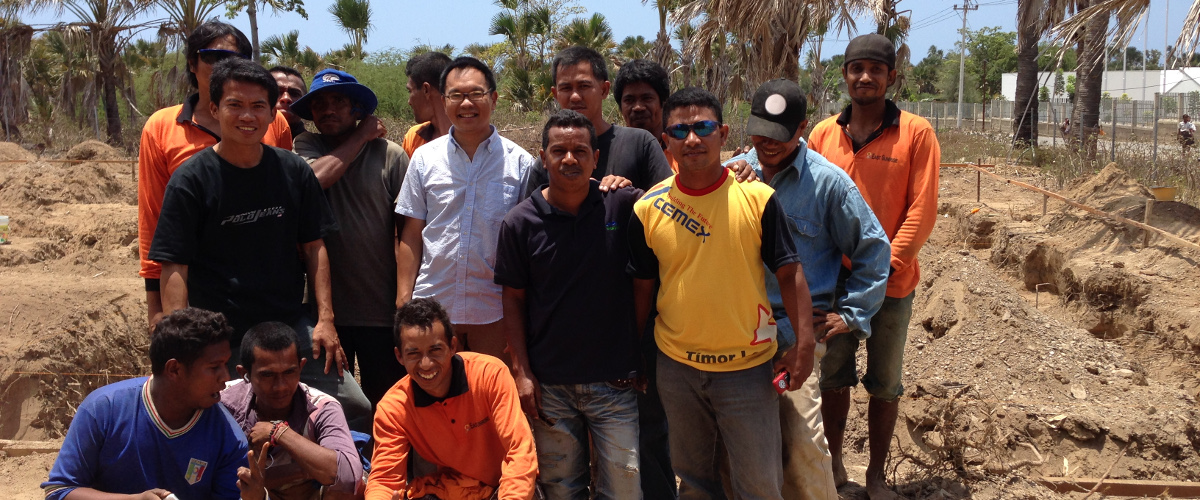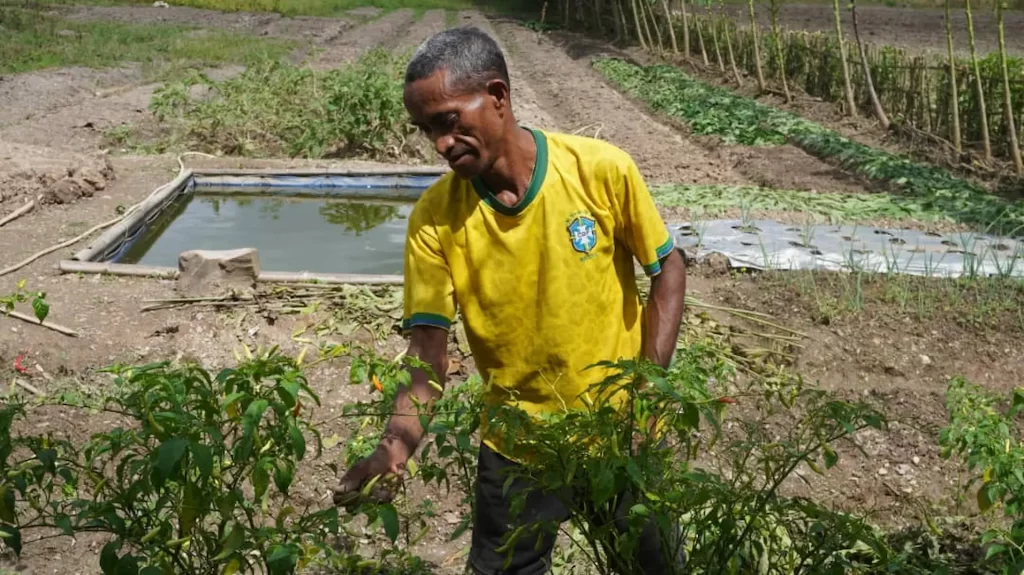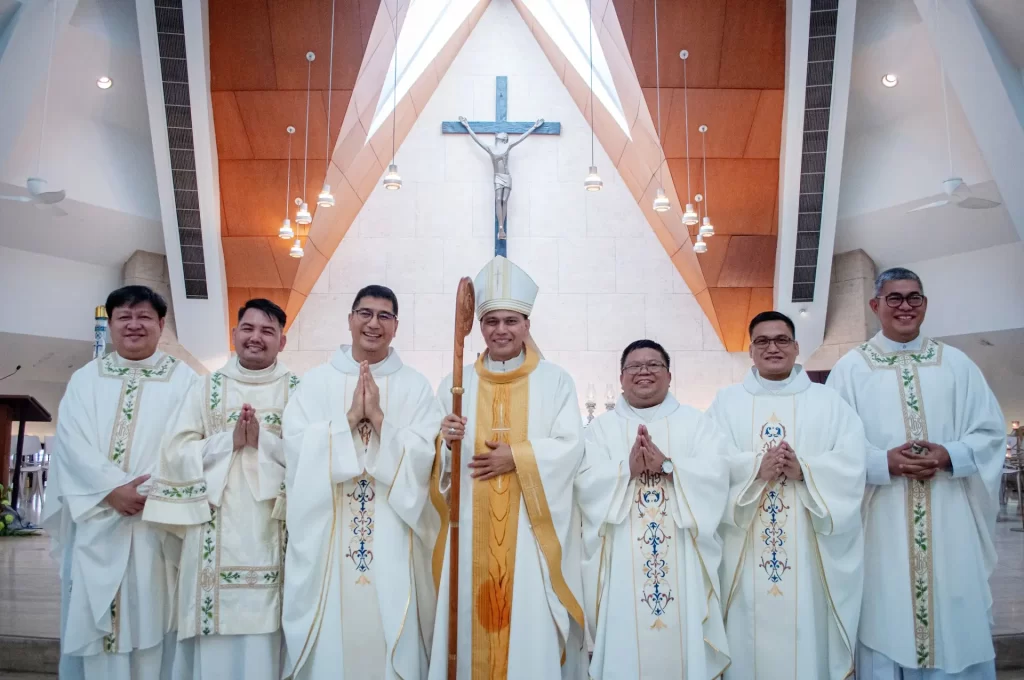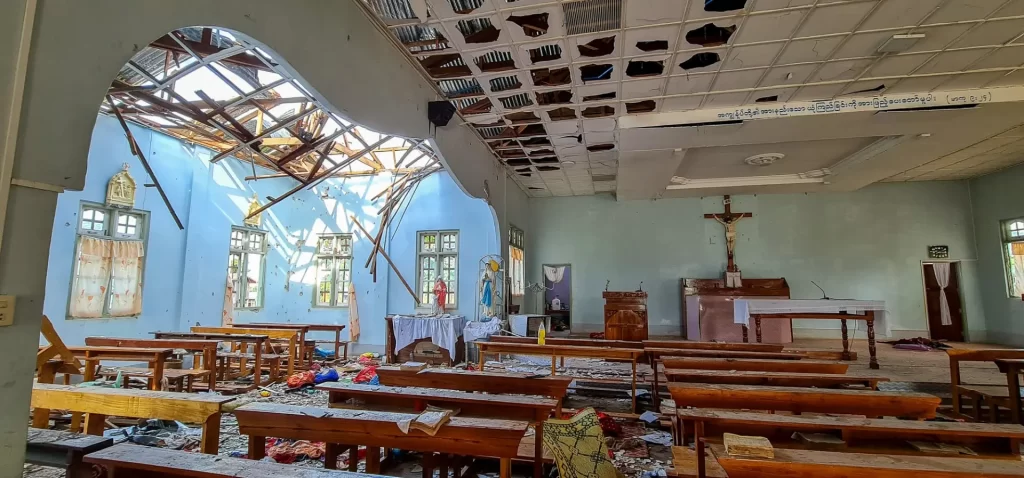Australian scholastic Andy Nguyen SJ is putting his training as an architect to good use in Timor-Leste, where he is doing the second year of the Regency stage of his formation. He is coordinating the various Jesuit design and construction projects in the country. He shares this reflection of his experience since arriving in the country in April this year.
How did I end up in Timor-Leste for the second half of my Regency working in design and construction? “One thing leads to the other” is probably the best way of putting it. I was trained as an architect and had worked for a number of years in the field prior to entering the Novitiate in 2009. The idea of joining the Society hoping to be able to do what I can as an architect was rather attractive. I am still very much passionate about architecture, but now being a Jesuit for six years, it doesn’t take the forefront of my life. Nevertheless, I recently mentioned to one of my long-time friends who is also an architect (who now works for United Airlines, having a somewhat similar role as I do now), that way back when we graduated from architectural school, neither of us would have ever imagined that we would be doing what we are now.
God works in mysterious ways.
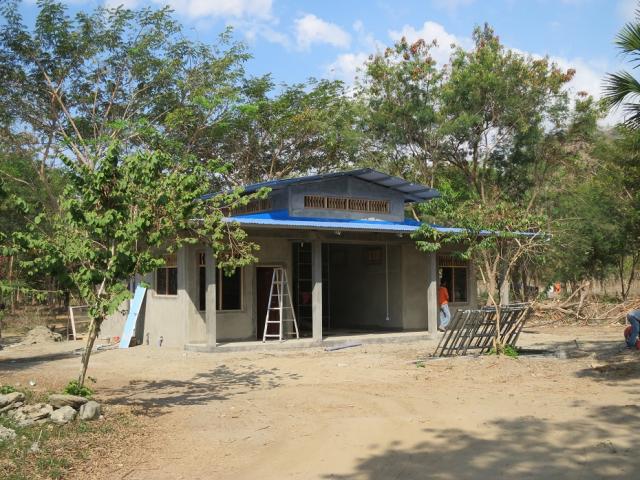
My normal working day is actually taken up with much emailing, meetings, marking architectural drawings (with a red pen), writing summaries of meeting discussions, and more sending and replying to emails. On another day I would go to visit construction sites. Being a Regent and tasked with a coordinating or project management role is rather an interesting combination. On one hand, I am a Jesuit in formation, and on the other, I work as professional in the field of architecture. At the same time, I have never worked as a Jesuit architect until now. Furthermore, until now, I have never been on the client’s side of the table. Being a representative of the Society to work with the architects, engineers, consultants, and construction companies puts me in a whole different dynamic and gives me many responsibilities.
At the moment, the Jesuit Region of Timor-Leste has four building projects in various stages of the planning and design process, and one under construction. It is a building boom for the Society in Timor-Leste! Yet, these works aren’t without challenges and learning opportunities, with which I am still coming into terms. Each building work has different functional and spatial requirements, stakeholders with different ideas, different site conditions, etc. Being new to the “design and construction market” in Timor-Lester meant getting familiar with and accepting different ways of doing things here despite some of the frustrations that come along with them. At the same time, initially, not having a connection with the professional network here in Dili meant that it is hard to know what is really going on in the building world. It helps a bit to walk around the city and to spot new buildings up and to ask questions about them.

To characterise my main work as “missionary” or even a “ministry or apostolate” is rather generous. This was on my mind as I discerned the decision of coming to Timor-Leste, and still is today. I know that my works will eventually have some impacts on the ordinary people of this country in the future. However, as a Jesuit, I exercise a limited formal pastoral relationship with the professionals I currently work with. Nevertheless, there is a tension between my pastoral practice and professional background, when professional concerns do need to be addressed. But in my dealing with them, they would require a certain level of pastoral sensibility.
There are many buildings going up in Dili. Not too far from my bedroom window, a school building is slowly coming together. There is much to celebrate for this young nation’s independence, and there are much works in building it. I am encouraged by the commitment the Society has in contributing to the nation building process. There couldn’t be a better time in my Jesuit formation to see it happening.
Before I studied architecture, I saw the built world from an ordinary person’s point of view. After I completed architectural school, I saw the built world from an architect’s point of view. Now as a Jesuit, I seek to return to an ordinary person’s point of view, to see what they see, and hopefully I can be part of the positive contributions to the built world they inhabit. I seek to do the same while I am here in Timor-Leste.
In his first year of Regency, Andy worked in the chaplaincy at Loyola Senior High School in Mount Druitt (Greater Western Sydney). He also assisted in the pastoral works at Holy Family Parish, also in Mount Druitt.

